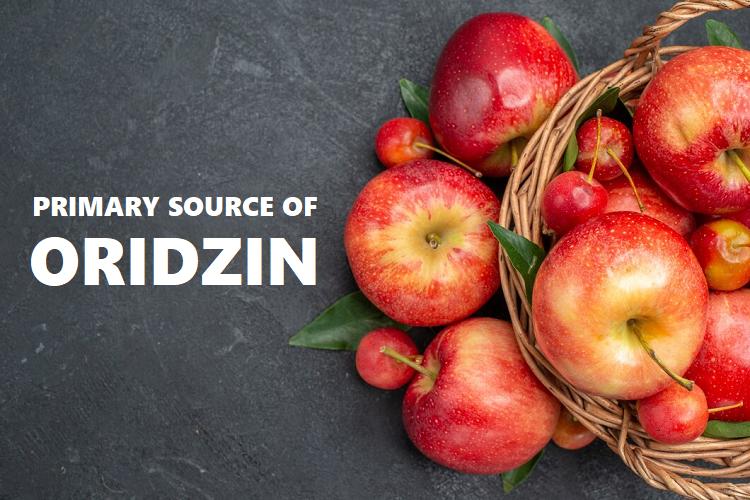Are you looking to transform your physique and boost your overall health? Building muscle is not only about looking good; it’s also crucial for maintaining strength, improving metabolism, and enhancing overall well-being. With the right approach and guidance, achieving your muscle-building goals is within reach. In this comprehensive guide, we’ll walk you through the step-by-step process of building muscle effectively with Wellhealth.
1. Introduction to Building Muscle with Wellhealth
Wellhealth is dedicated to providing valuable resources and guidance for individuals striving to enhance their physical fitness and well-being. With a focus on holistic health, Wellhealth emphasizes the importance of proper nutrition, regular exercise, and lifestyle habits conducive to muscle growth.
2. Understanding the Basics of Muscle Building
What is muscle building?
Muscle building, also known as hypertrophy, refers to the process of increasing muscle mass through resistance training and proper nutrition. It involves breaking down muscle fibers through exercise and allowing them to repair and grow stronger during rest periods.
Importance of muscle building for overall health
Beyond aesthetic benefits, building muscle plays a vital role in promoting overall health and functionality. It enhances metabolism, improves insulin sensitivity, boosts bone density, and reduces the risk of injury.
3. Setting Your Goals
Establishing realistic objectives
Before embarking on a muscle-building journey, it’s essential to set specific, measurable, achievable, relevant, and time-bound (SMART) goals. Whether your aim is to increase strength, gain muscle mass, or improve athletic performance, having clear objectives will guide your efforts effectively.
Importance of goal-setting in muscle building
Setting goals provides direction, motivation, and a sense of accomplishment. It helps you track progress, identify areas for improvement, and stay committed to your fitness regimen.
4. Designing Your Workout Plan
Choosing the right exercises
A well-rounded workout routine should incorporate a variety of compound and isolation exercises targeting major muscle groups. Compound movements such as squats, deadlifts, bench presses, and rows recruit multiple muscles simultaneously, while isolation exercises focus on specific muscle groups.
Creating a balanced routine
A balanced workout plan includes a combination of resistance training, cardiovascular exercise, flexibility training, and rest days. It’s essential to alternate between different muscle groups and vary intensity and volume to prevent overtraining and promote recovery.
5. Nutrition for Muscle Growth
Importance of a balanced diet
Nutrition plays a critical role in supporting muscle growth and repair. A balanced diet rich in lean protein, complex carbohydrates, healthy fats, vitamins, and minerals provides the necessary nutrients for optimal muscle development.
Key nutrients for muscle building
Protein is essential for muscle repair and growth, while carbohydrates supply energy for workouts and replenish glycogen stores. Healthy fats support hormone production and aid in nutrient absorption, while vitamins and minerals contribute to overall health and performance.
6. Rest and Recovery
Understanding the significance of rest
Rest and recovery are integral components of the muscle-building process. Adequate sleep, proper hydration, and relaxation help muscles repair and rebuild stronger after workouts.
Tips for effective recovery
Incorporate rest days into your workout schedule, prioritize quality sleep, practice stress-reduction techniques such as meditation or yoga, and listen to your body’s signals to prevent overtraining and promote recovery.
7. Supplements for Muscle Building
Overview of supplements
While supplements can complement a healthy diet and exercise regimen, they are not a substitute for proper nutrition. It’s essential to prioritize whole foods and use supplements strategically to address specific needs or deficiencies.
Recommended supplements for muscle growth
Popular supplements for muscle building include protein powders, creatine, branched-chain amino acids (BCAAs), and omega-3 fatty acids. Consult with a healthcare professional or registered dietitian to determine the most suitable supplements for your individual goals and needs.
8. Tracking Your Progress
Importance of tracking progress
Monitoring your progress allows you to assess the effectiveness of your workout and nutrition plan, identify areas for improvement, and make necessary adjustments to optimize results.
Different methods for tracking results
Keep a workout journal to record exercises, sets, reps, and weights, take regular measurements of body composition, such as weight, body fat percentage, and muscle mass, and track performance metrics, such as strength gains and workout duration.
9. Overcoming Plateaus
Common challenges in muscle building
Plateaus are inevitable in any fitness journey and can occur due to factors such as overtraining, inadequate nutrition, lack of variety in workouts, or hormonal imbalances.
Strategies to break through plateaus
To overcome plateaus, reassess your workout routine, increase intensity or volume, incorporate new exercises or training modalities, adjust your nutrition plan, prioritize recovery, and seek guidance from fitness professionals or coaches.
10. Avoiding Common Mistakes
Common errors to avoid in muscle building
Avoiding common mistakes such as neglecting proper form, overtraining, underestimating the importance of nutrition, relying too heavily on supplements, and failing to listen to your body can prevent setbacks and enhance progress.
Tips for success
Focus on technique and proper form, prioritize progressive overload, maintain consistency, eat a balanced diet, prioritize recovery, and seek guidance from qualified professionals to maximize results and minimize the risk of injury.
11. Staying Motivated
Importance of motivation
Staying motivated is key to sustaining long-term progress and adherence to a muscle-building regimen. Motivation can come from setting meaningful goals, tracking progress, seeking social support, and celebrating achievements.
Strategies for staying motivated
Find activities you enjoy, vary your workouts to keep them interesting, enlist the support of friends or workout buddies, visualize your goals, reward yourself for milestones achieved, and stay focused on the benefits of your efforts.
12. Celebrating Achievements
Recognizing milestones
Celebrate achievements along your muscle-building journey, whether it’s reaching a new personal best, improving body composition, or sticking to your workout routine consistently.
Rewarding yourself for progress
Reward yourself for reaching milestones with non-food rewards such as buying new workout gear, treating yourself to a massage, or enjoying a recreational activity you love.
13. Safety Precautions
Importance of safety in workouts
Prioritize safety in your workouts to prevent injuries and promote long-term health and well-being. Pay attention to proper form, warm up adequately before exercising, use appropriate equipment, and listen to your body’s signals.
Tips for safe muscle building
Gradually increase intensity and volume, avoid lifting weights beyond your capacity, incorporate rest days into your routine, stay hydrated, and consult with a fitness professional or personal trainer if you’re unsure about proper technique or programming.
14. Consistency and Patience
Understanding the role of consistency
Consistency is key to achieving sustainable results in muscle building. It’s essential to adhere to your workout and nutrition plan consistently over time to see progress.
Practicing patience in muscle building journey
Building muscle takes time and dedication, and results may not be immediate. Embrace the process, stay focused on your goals, and trust in your ability to make progress with persistence and patience.
15. Conclusion
In conclusion, building muscle with Wellhealth is a rewarding journey that requires commitment, discipline, and patience. By following a structured workout plan, prioritizing nutrition and recovery, and staying motivated, you can achieve your muscle-building goals and enjoy the numerous benefits of a stronger, healthier physique.
FAQs (Frequently Asked Questions)
- Is muscle building only for bodybuilders and athletes?
- No, muscle building is beneficial for individuals of all fitness levels and ages. It helps improve overall health, functional strength, and metabolism.
- Do I need to lift heavy weights to build muscle?
- While lifting heavier weights can stimulate muscle growth, it’s essential to focus on proper form, progressive overload, and consistency rather than solely on lifting heavy.
- How long does it take to see results from muscle building?
- Results vary depending on factors such as genetics, nutrition, training intensity, and consistency. With dedication and adherence to a structured program, noticeable results can typically be seen within a few weeks to months.
- Can women build muscle as effectively as men?
- Yes, women can build muscle effectively through resistance training and proper nutrition. While women may have different hormonal profiles and muscle-building potentials than men, they can still achieve significant gains with consistent effort.
- Are there any age limitations for building muscle?
- No, individuals of all ages can benefit from muscle-building exercises. Resistance training helps maintain muscle mass, bone density, and functional strength, making it beneficial for older adults as well.

 Marketing2 months ago
Marketing2 months ago
 Tech2 months ago
Tech2 months ago
 Tech2 months ago
Tech2 months ago
 Entertainment2 months ago
Entertainment2 months ago
 News2 months ago
News2 months ago
 Bsiness2 months ago
Bsiness2 months ago
 Tech2 months ago
Tech2 months ago
 Life Style2 months ago
Life Style2 months ago



